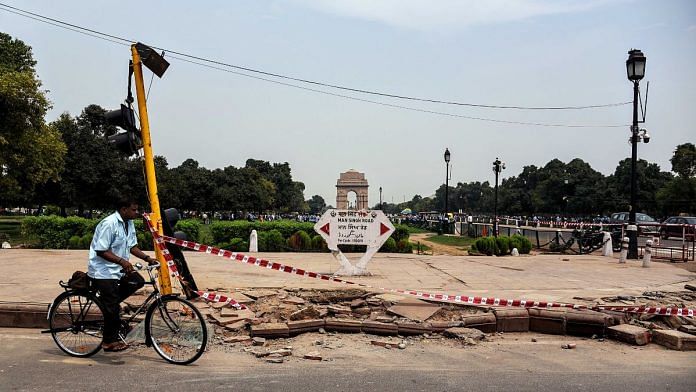Piyush Tewari of SaveLIFE Foundation, a Delhi-based NGO, has played a major role in enhancing road safety measures in recent times. His organisation has actively pushed for the incorporation of advanced safety features in Indian cars. More and more manufacturers today are equipping their vehicles with enhanced passive safety features, such as multiple airbags. Kia India, for instance, announced at the unveiling of Kia Sonet earlier this week that all their vehicles would come with six airbags. At the same time, active safety technologies, such as automatic emergency braking (AEB), are also making their way into mass-market vehicles.
Despite these efforts, road fatalities in India continue to rise. Government statistics for 2022 reveal a staggering 4,61,312 road accidents, resulting in 1,68,491 fatalities—that is, one in every three accidents on Indian roads leads to a fatality. Not only does this make Indian roads the deadliest globally but it also exposes a grim reality—a severe lack of trauma care facilities and paramedical training in the country. Tewari, in a recent conversation, highlighted the dire situation in states like Bihar, which records an 88 percent fatality rate. “A large number of road fatalities in India occur because of a lack of even basic ‘Level 4’ trauma care,” he said.
But there are other challenges as well, such as a shortage of trained staff as well as integrating all emergency services under the national emergency number 112—something that 911 does in the US. “The multitude of numbers (100, 108, 102, 101) creates confusion for the public,” Tewari told me.
Globally, rescuers are trained to use advanced tools like the ‘Jaws of Life’, which can cut through vehicle frames to save those trapped inside. In India, such tools are available only with top rescue teams of the National Disaster Response Force (NDRF). “But police and ambulance operators, who are the first local responders, have little or no knowledge of using such tools let alone access to them.” In July this year, 25 people died after a bus caught fire on the Mumbai-Nagpur Expressway. While rescuers reached the site on time, lack of tools affected the rescue effort.
The next problem arises when taking the victim for treatment after rescue. While modern vehicles generally have advanced safety features, their high-speed capacities are likely to cause more severe injuries, which necessitates easy and quick access to well-equipped trauma centres.
Also read: Hyundai India raised the bar with 6 airbags. But here is why you shouldn’t obsess over them
Go beyond developing road infra
Tewari agrees that the road infrastructure development in India has been “marvellous” but he argues for coupling it with investment in better emergency trauma care by state governments. “While we might argue about the statistics because only major accidents are recorded, why is the fatality rate so high in Bihar? Because there is only one Level 1 trauma care centre in the entire state, that too in Patna. It is a similar story in other states. And it is not just about ‘Level 1’ centres, you need basic trauma care as well—‘Level 4’ and ‘Level 3’ centres on highways and expressways, where accident victims can be stabilised before being transported to bigger centres.”
It would seem that a victim in a major accident in the National Capital Region has a much better chance of survival than elsewhere in India. And trauma centres aren’t just required for major road accidents but for other trauma injuries as well. “This requires everything from better paramedical training to more advanced ambulances, and also a recognition by governments that they need to invest in such training and facilities,” he said.
These facts, particularly the confusion and lack of standardisation with emergency numbers, should be an eye-opener for us. I have driven on several new expressways across the country and the fact is that bad driving habits persist, from heavy commercial vehicles driving on the right-hand lane to locals crossing the road despite extremely high-speed vehicles driving past. Other than the occasional ambulance at toll gates, I have noticed few emergency vehicles on these roads.
Tewari is right—most of the deaths on Indian roads can be prevented with better facilities. We should not accept such a high level of death and destruction of life on our roads. We should not shrug our shoulders and let the problem persist. Let us resolve to make a difference to the number of fatalities in 2024.
@kushanmitra is an automotive journalist based in New Delhi. He is one of the jury members on the ICOTY panel. Views are personal.
(Edited by Prashant)



